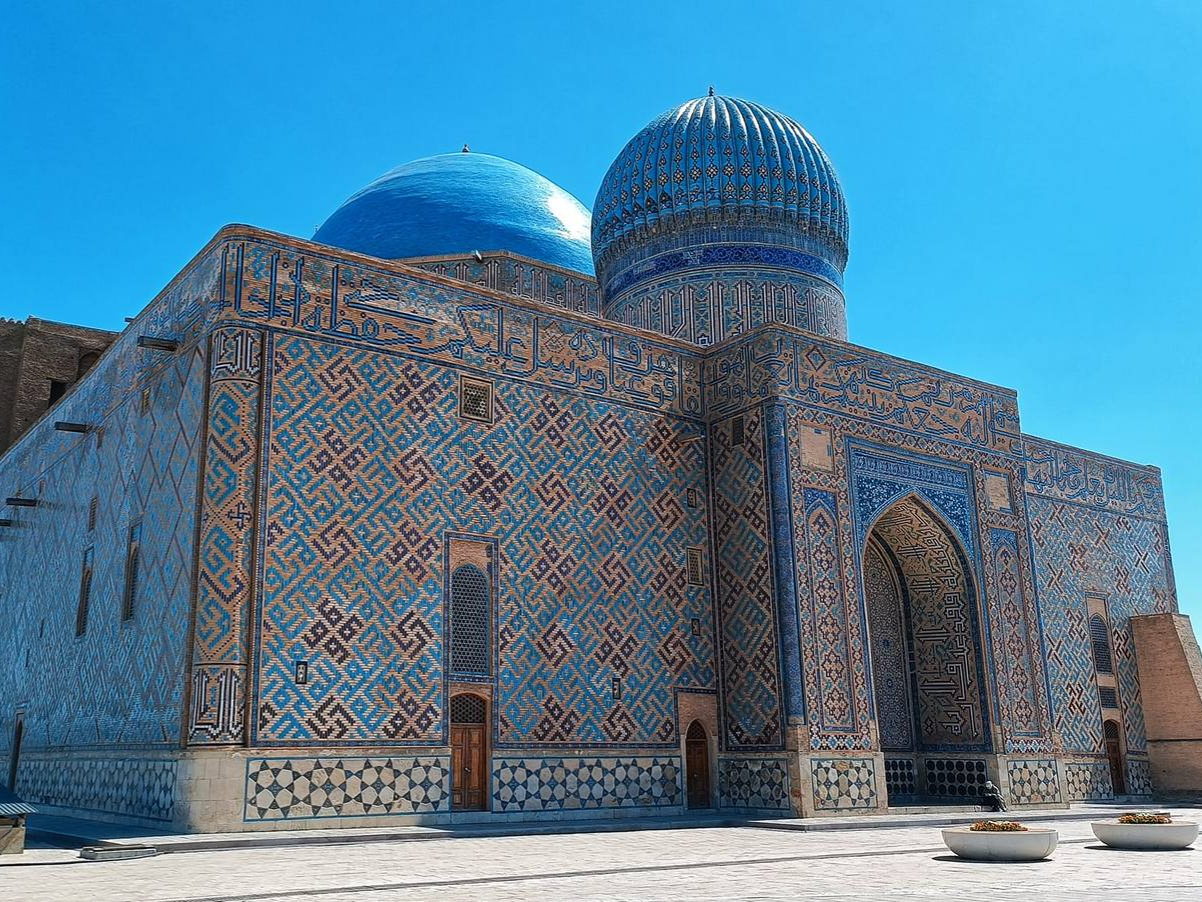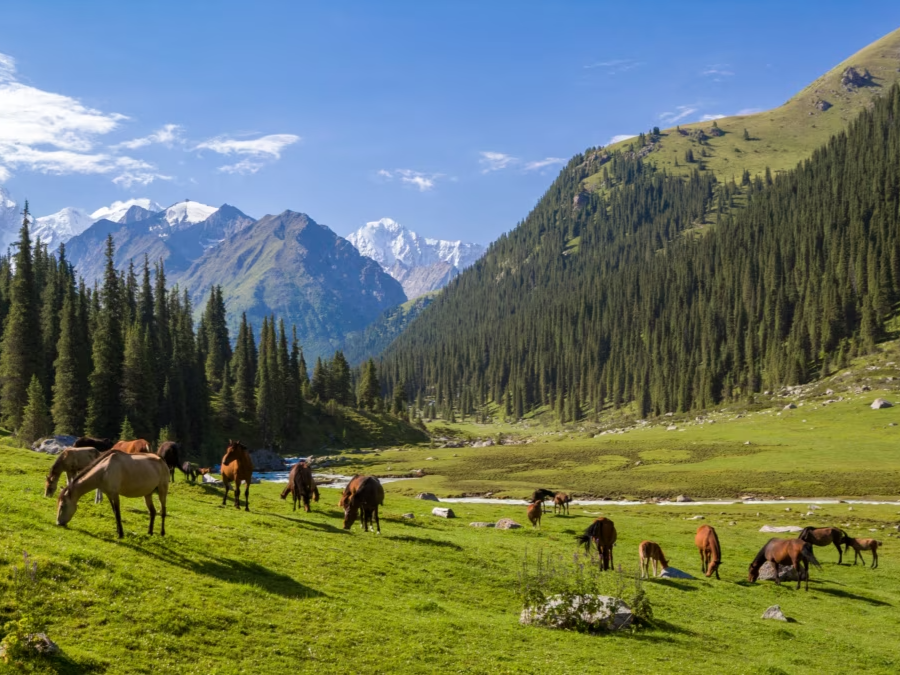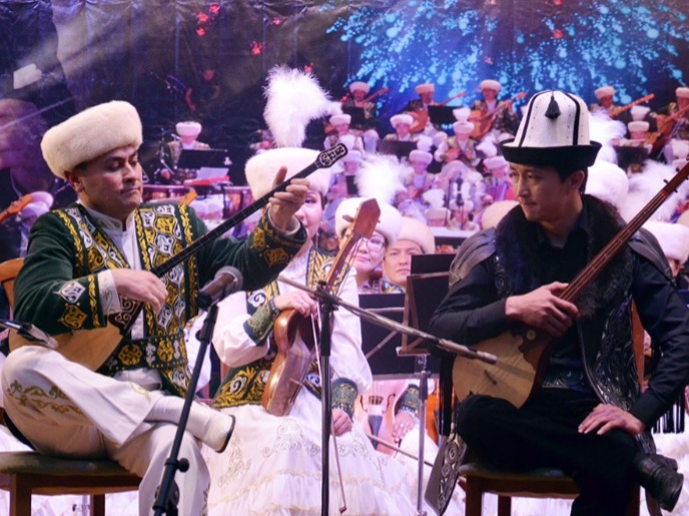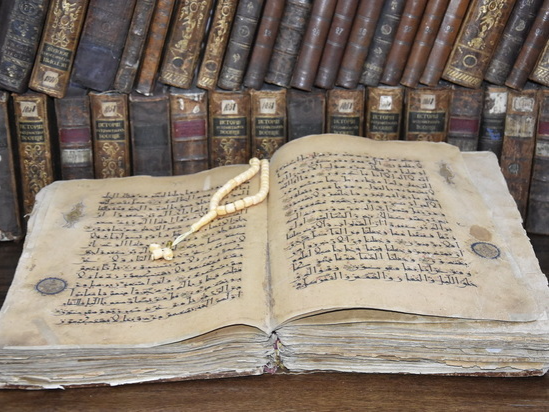UNESCO HERITAGE
The UNESCO World Heritage List includes both natural and cultural monuments of Kazakhstan. These include the Mausoleum of Khoja Ahmed Yasawi, the petroglyphs of Tamgaly, Saryarka - Steppes and Lakes of Northern Kazakhstan, the Turan Deserts, the Western Tien Shan, as well as a complex of sites of the Great Silk Road in the Chang'an-Tianshan Corridor.

Architectural heritage
The historical buildings of Kazakhstan preserve the spirit of bygone eras and tell of the rich cultural path of the people. Within their walls is a trace of a great civilization that has transcended centuries.
Read more →
Natural Heritage
The nature of Kazakhstan amazes with its scale and pristine beauty. This is a space where a person feels unity with the earth, wind and time.
Read more →
Intangible heritage
Kazakh culture lives in traditions, sounds, gestures and memory. This is an invisible but strong connection between the past and the present, which is recognized and cherished throughout the world.
Read more →
Documentary heritage
Manuscripts, chronicles and rare books of Kazakhstan preserve evidence of centuries, thoughts of ancestors and traces of cultural dialogues. This is memory, imprinted in words and signs, which connects generations and opens the door to understanding the historical path of the people.
Read more →